Latest News and Articles From the A & T Carpentry Blog
hardwood or softwood for your stair parts?
Refurbishing your staircase means deciding whether to use hardwood or softwood for your stair parts. Each has different features and both hardwood and softwood are good choices, but it is worth doing a little bit of research to find which is most suitable for your project.
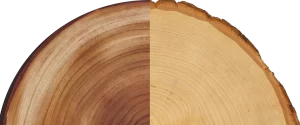
What’s The Difference Between Hardwood and Softwood?
Believe it or not, whether a wood is a softwood or hard wood has nothing to do with a timber’s strength. It refers to how the trees reproduce. Hardwood isn’t necessarily stronger than softwood. Balsa wood is a vey soft and pliable hardwood. However, most hardwoods are more dense than softwood and are stronger and more durable.
Hardwood isn’t necessarily harder or stronger than softwood—balsa wood, for example, is an extremely soft and pliable hardwood. However, most types of hardwood are denser than softwood and therefore stronger and more durable.
What Is Hardwood?
Hardwood comes from trees that shed their leaves in winter – deciduous trees. They produce seeds in a closed covering, such as a shell or a fruit. An oak tree is a good example of a hardwood tree as it produces seeds inside acorns. White oak is a hardwood that is commonly used for stair parts. Its light colour contrasts with dark decor or opens up small spaces with a minimalist feel.
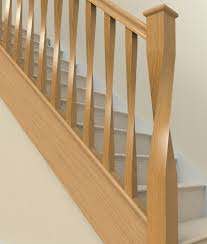
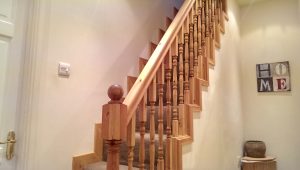
What Is Softwood?
Softwood comes from evergreen trees – trees that have leaves all year round. They produce seeds which aren’t in a closed cover, and instead drop to the ground or are blown away by the wind. A pine tree is an example of a softwood tree, as it releases seeds from pine cones. Pine is a popular choice for affordable stair case projects.
Why Is Hardwood More Expensive Than Softwood?
Hardwood is often more expensivethan softwood because:
- it takes long to grow and therefor longer to harvest.
- it takes longer to dry and is harder to cultivate.
- it is more difficult to work with.
Hardwoods are typically more expensive because more time and effort goes into growing and working with it. If you are on a budget for your new staircase project, softwood stair parts are a more affordable option.
Why Use Hardwood Stair Parts?
Hardwood is popular for stair parts due to its strength, durability and stunning appearance. It is also very easy to clean and requires little maintenance, making it a particularly good choice for stair treads, risers and balustrades.
While it tends to be more expensive than softwood, it is sturdy, wear-resistant and looks beautiful with a natural varnish, rich stain or painted finish.
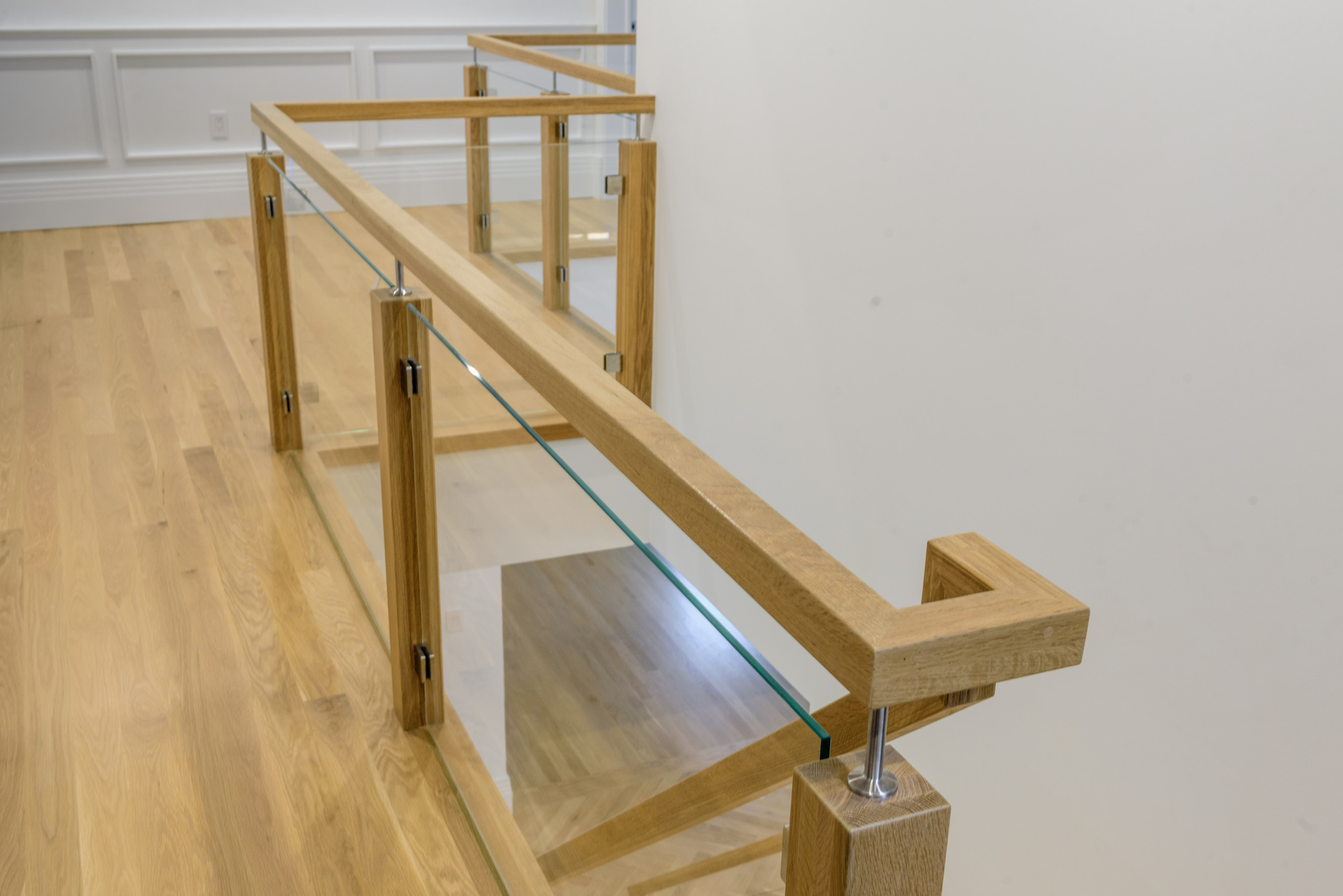
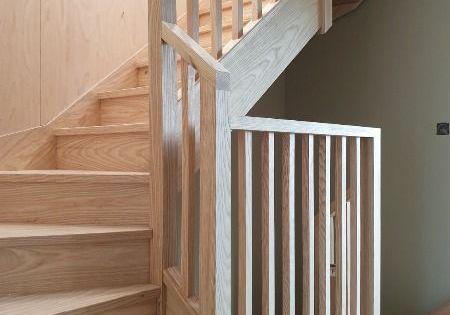
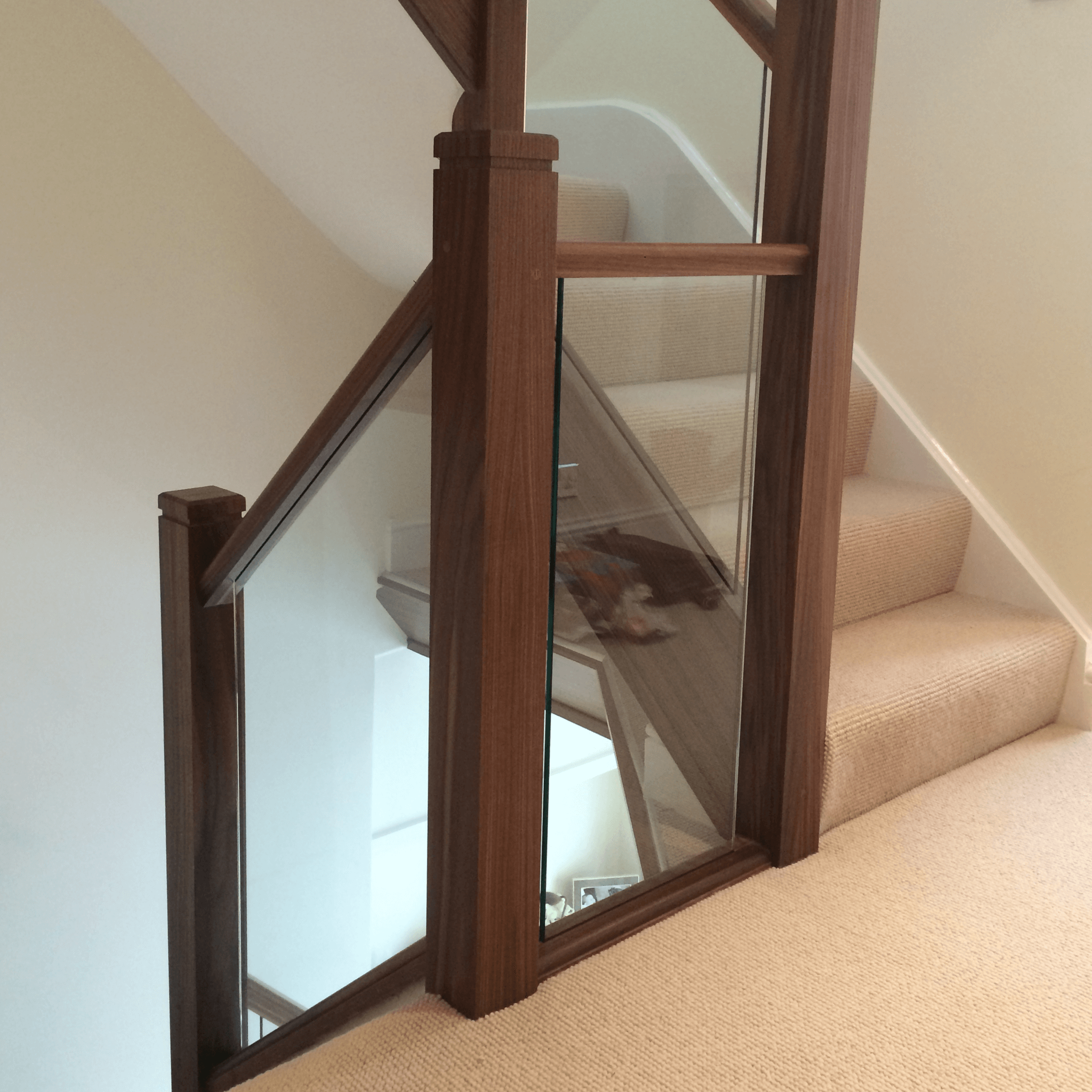
White Oak
Ash
Walnut
What Are The Benefits Of Softwood?
Softwood is an excellent, affordable alternative to hardwood for your staircase . It’s a good choice for stair parts since it is ideal for staining and painting.
Pine is a popular choice for stair parts as it’s easy to work with, sand and finish. When finished with a clear varnish, it give s a rustic country house look.
Hemlock is known for its strength and resistance to wear and tear, which makes it ideal for staircase components. The timber is very light in colour and takes varnish very well.
As softwoods grow relativly quickly and easily, they are a much more environmentally friendly choice than hardwood.
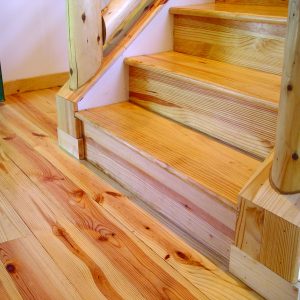
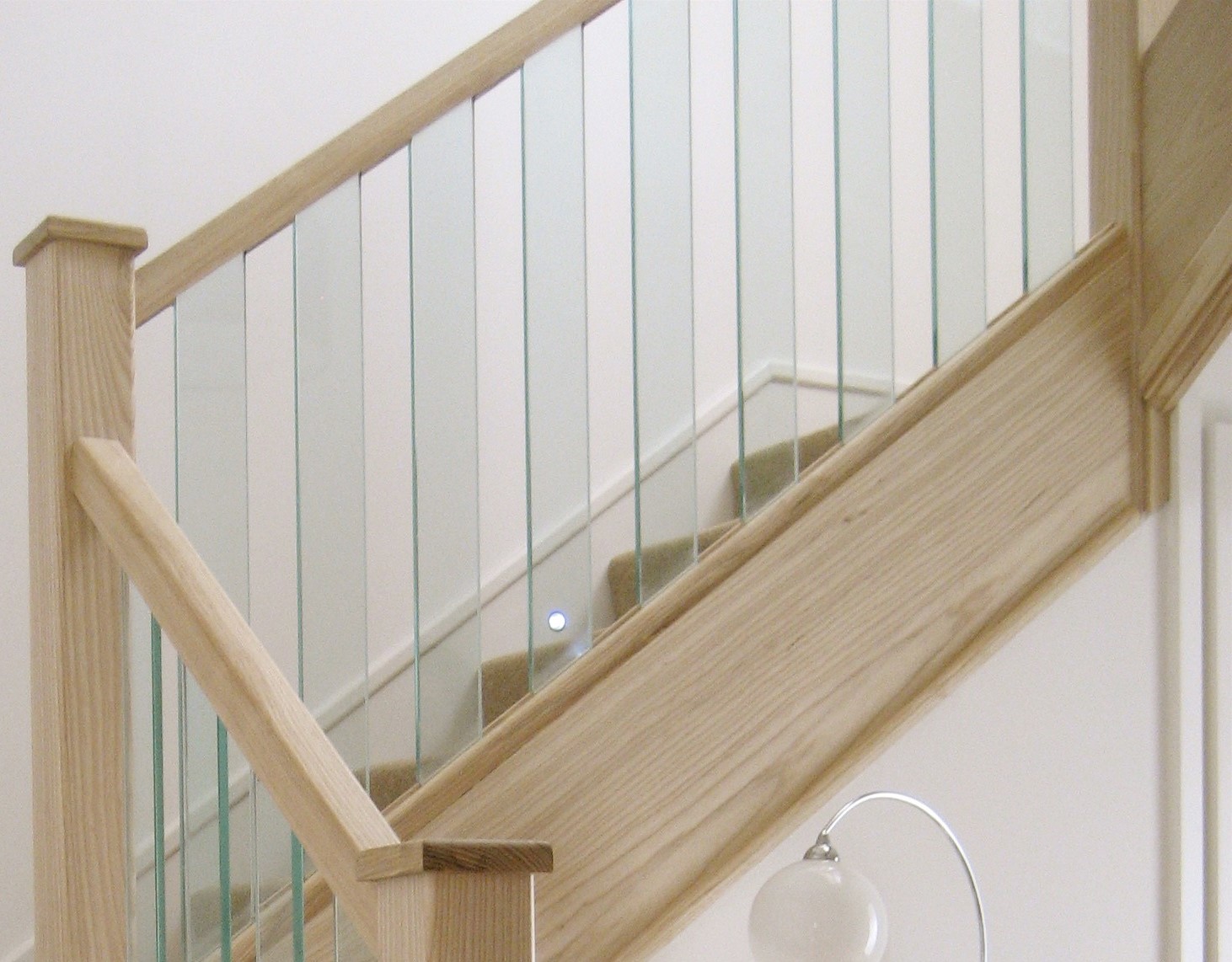
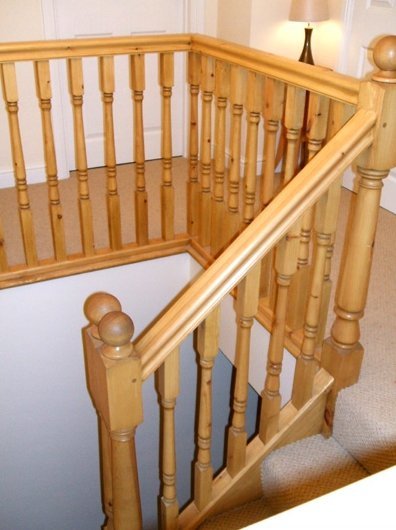

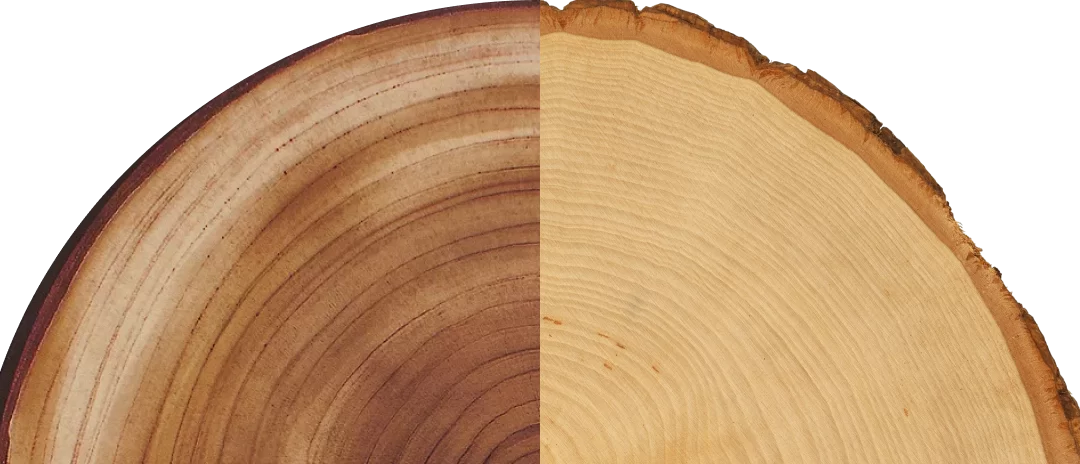
Recent Comments